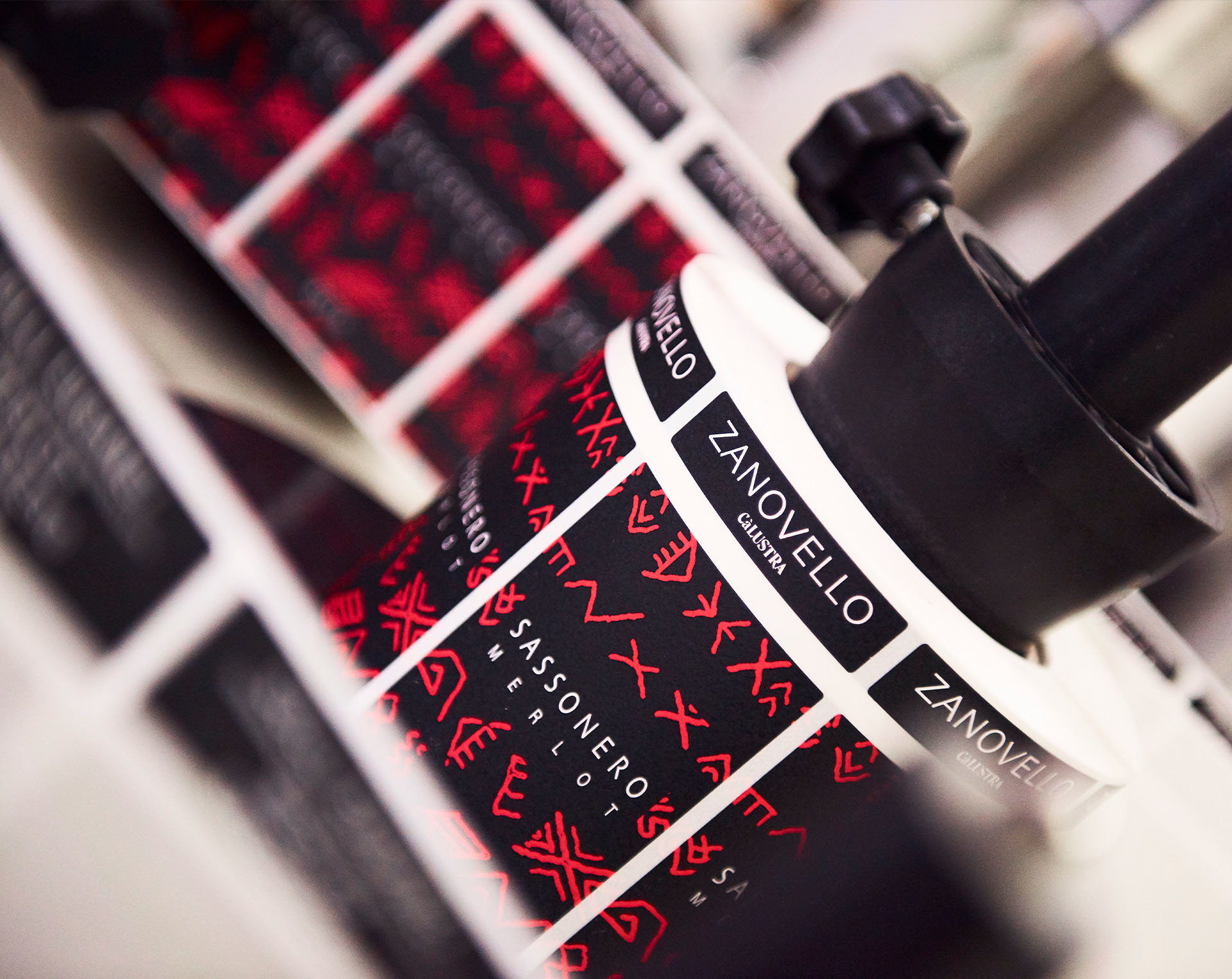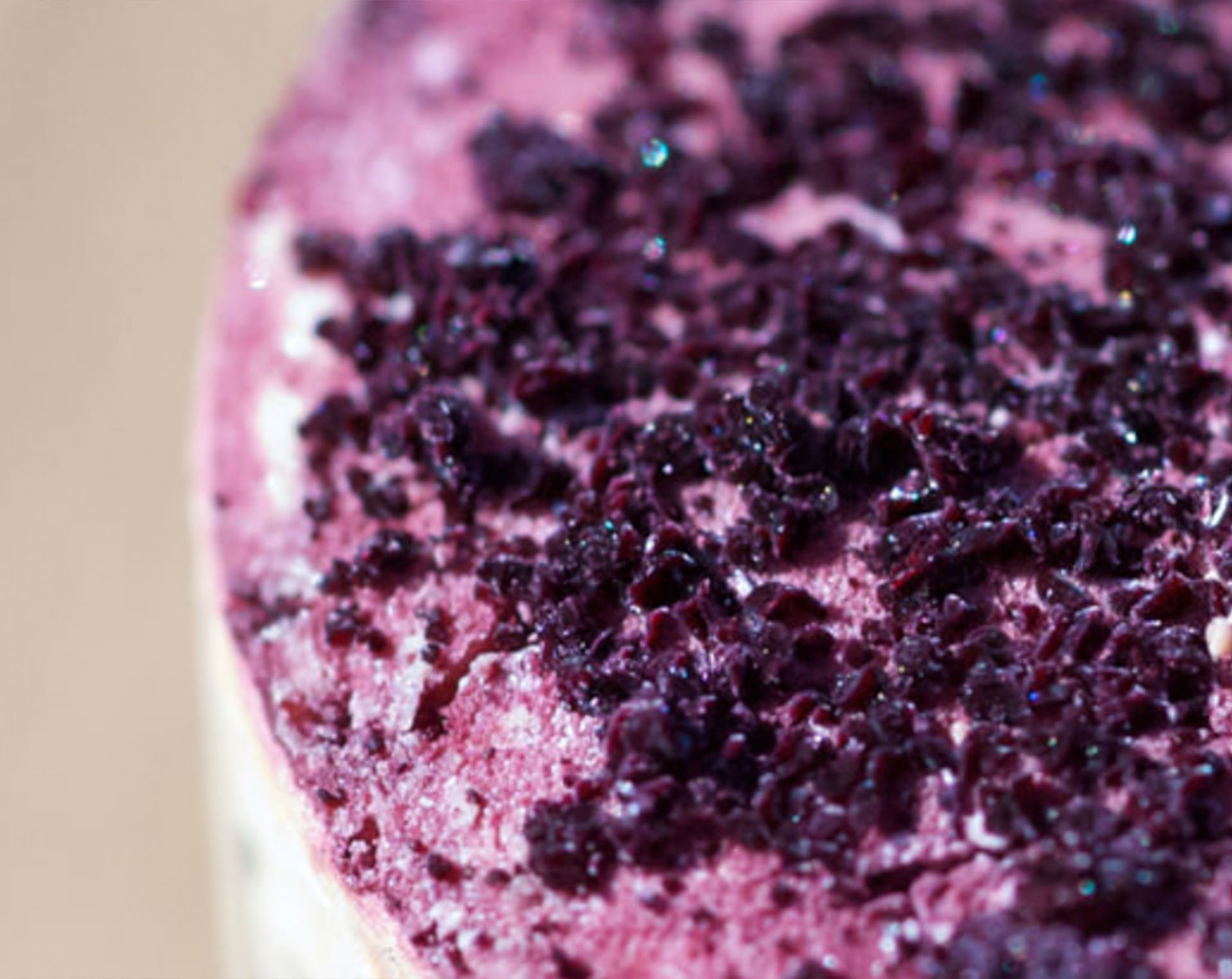
The wine sediments, between myth and reality

Everyone will have happened at least once to find wine bottoms in a bottle. But what are these deposits? Let's find out together how they are formed and what they consist of.
The wine sediments in short
The deposits that form at the bottom of the bottle are mainly tartrates and polyphenols, substances naturally present in wine that tend to precipitate over time.
Let us explain: wine is a living substance that continues to evolve in the bottle. Its components include microbiological substances (yeasts and bacteria) and chemical compounds (alcohols, acids, tannins, mineral salts, glycerine...). The molecules of these components bind together modifying, if the right conditions are present, the wine from an organoleptic point of view. One consequence of these modifications can be the precipitation of tartrates and colouring substances at the bottom of the bottle.
A step back: the work in the cellar
To more easily understand the process that takes place in the bottle, let us take a step back and analyse the work done in the cellar before bottling.
Technical production
In a more technical production, if we want to call it that, there are several actions that can be performed during processing to "clean", lighten and stabilise the wine. Here are the most classic examples.
Clarification: substances of vegetable origin, rarely animal, are added to the wine while it is still in the tank or barrel. By binding to the suspended particles, they cause them to decay, making the wine quickly more stable.
Filtration: the wine is passed through porous membranes in order to remove impurities and achieve microbiological stabilisation.
Refrigeration: the wine is kept at very low temperatures (almost freezing) for a few days in order to precipitate particles not yet integrated into the liquid to the bottom of the tank.
What precipitates and is eliminated in these steps? Colouring substances, tartrates, tannin, proteins...
The forced and rapid elimination of all these compounds means that the wine is lighter in colour, softer due to the lower presence of acids and tannins, more refined, less rich in taste and aromas.
Natural production
In the world of natural wine, with which we are most attuned, the most work is done in the vineyard. It is essential that the vineyard enjoys good health and the grapes arrive healthy in the cellar. Here the wine is "simply" listened to and accompanied in its natural maturation.
If we want to obtain clear and stable wines without forcing, we have a few techniques to use and time as a fundamental variable. By allowing each wine the right amount of time, it will stabilise naturally. An example? Our white wines from the Zanovello selections go into bottle after 18-22 months instead of the typical spring period following the harvest.
The time is needed for yeasts, bacteria and acids to finish their work of fermentation and autolysis (release of positive aromatic and taste substances by the yeasts at the end of alcoholic fermentation) and for tannins and colouring substances to polymerise (i.e. bind together and, becoming heavier, precipitate leaving less roughness in the wine). At the bottom of the tank or cask we will therefore find a layer of sediment that the producer can remove at the right time without resorting to clarification and/or filtration (except in the final part of the tank where necessary). A help in winter can be to take the barrels outside for a few nights: the cold helps the decay of tartrates and suspended particles.
Ca' Lustra's choice
Having chosen to work artisanally using natural methods, time is also of the essence for us. Slow ageing, first in large oak barrels and for the last few months in large concrete tanks, allows us to stabilise and decant evenly. Without clarification and with minimal filtration only when necessary, the wines are more concentrated, rich in polyphenols (antioxidants) and aromatic and taste substances. This also gives the products greater longevity: a bottle of our white wine can remain in a good cellar for 7-12 years, a red for 10-30 years.
Working with one method or the other is not right or wrong. On the contrary, a "more technical" winery is likely to use only some of the practices mentioned above and use others that we have not mentioned.
The sediments in the bottle
So, can we say that the sediments identify a wine of poor quality? Surely, they may bother some people, but the answer is no: as we have seen, they are natural substances that form when a wine is "poorly treated".
What do sediments consist of?
Tartrates: commonly called "tartrates", potassium bitartrates are the potassium salts of tartaric acid, naturally present in wine. When tartaric acid binds to the potassium ion, crystals are formed and deposited at the bottom of the bottle.
Anthocyanins and tannins: Anthocyanins (colouring substances) and tannins also precipitate. They polymerise (bind together), forming chains that are no longer soluble and can be identified with the naked eye as a powdery substance.
When sediment forms, a few small precautions
To put it simply, tartaric precipitation, or "cremor tartar", is formed when the wine undergoes a major temperature change to cold or remains below 10°C for a prolonged period. This is why we advise against storing bottles in the refrigerator for a long time. Unless it is the only way to "save" them from excessive heat, it is better to keep them in a cool, dark space.
With the passing of the years, it is in any case inevitable, with every production method and especially in red wines, that sediment is created: in addition to tartrates, tannins and anthocyanins also follow their natural evolution. If the bottle is left lying down, you may also find crystals on the cork.
Bordeaux bottles are specially designed with this shape: the shoulder serves to stop deposits coming out while pouring the wine. To leave most of the sediment in the bottle, we recommend moving the bottle carefully by shaking it as little as possible and pouring the wine slowly into the goblet, especially the last part.
